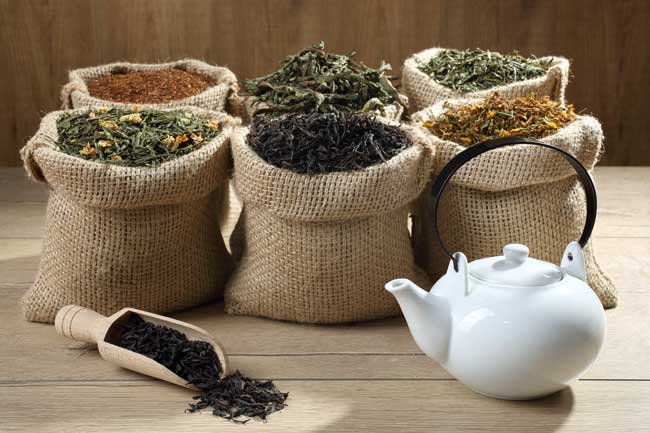I’ve been thinking a lot lately about the kind of tea that blenders use as a base for their products. (And by blending I mean tea with ingredients other than tea, not tea with other types of tea, like English Breakfast.)
Many brands use lines like ‘we only use the finest tea…’ in their product descriptions, which I know is puffery and totally within the realms of allowable claims to advertise a product, but it also got me thinking: would you really use the finest tea in a blend? I mean, isn’t that a waste of fine tea that would be wonderful to drink pure?
The tea blender’s dilemma is this: use the finest tea and waste it by having its natural flavours subsumed by other ingredients, or use lower grade tea.
While I think pure tea is amazing because of the range of tastes you can get with just one plant, I’m far from a purist (yes, I drink blends!). I do care about what kind of tea goes into blends though, because of course I want the tea to be good, but by the same token I worry whether mixologists are using tea that would otherwise be better drunk on its own.
As much as I love oolong and osmanthus, I don’t think I’d like a top grade tie guanyin tumbled around with osmanthus: the floral notes for which tie guanyin is so prized would be compromised by, and lost in, the floral nature of the osmanthus.
So what tea blenders really need to use is good quality—though not remarkable in its own right—tea that will complement or at least support the flavours they are using in the blend. This is not the same as using the finest tea but it is using the best tea for blending, the tea that is fit for purpose.
Tea blenders! How do you decide what quality tea to use in your blends?
